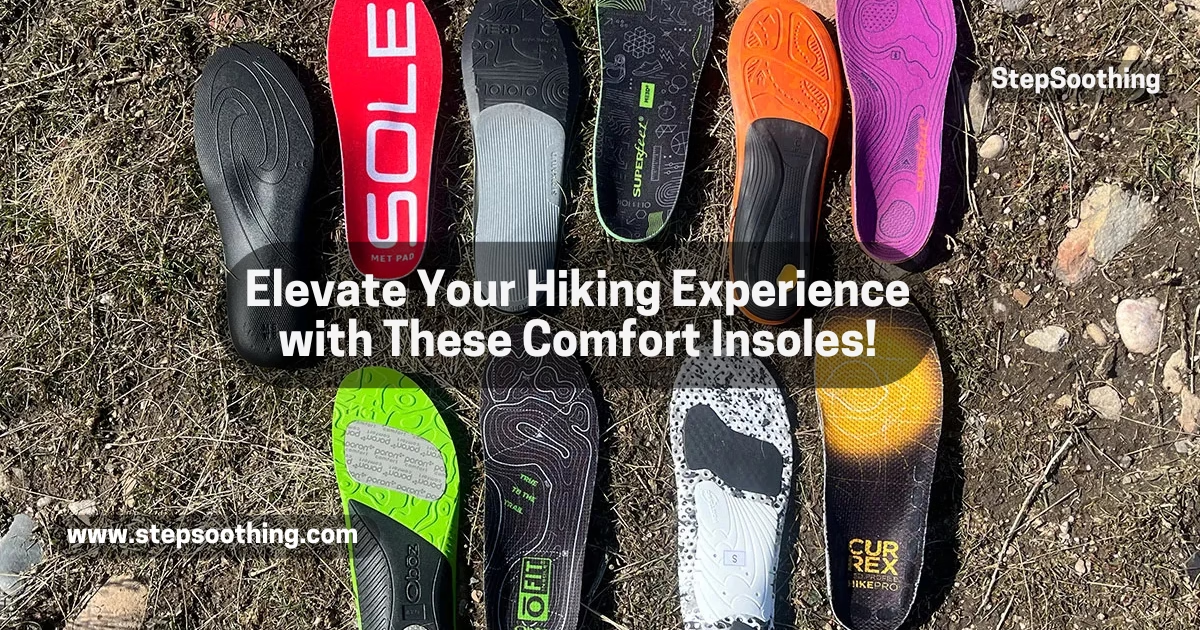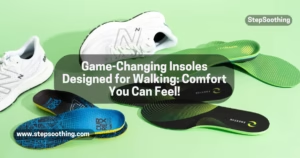If you’ve ever struggled with sore feet halfway through a hike, you know how essential foot comfort is. That’s where hiking insoles come in—these underrated accessories can transform your trail experience. Whether you’re a weekend hiker or an outdoor enthusiast tackling rugged terrain, the right insoles can make every step a breeze. In this article, we’ll dive into why insoles matter, the different types available, and how to choose and care for the perfect pair.
Insoles for Hiking Comfort
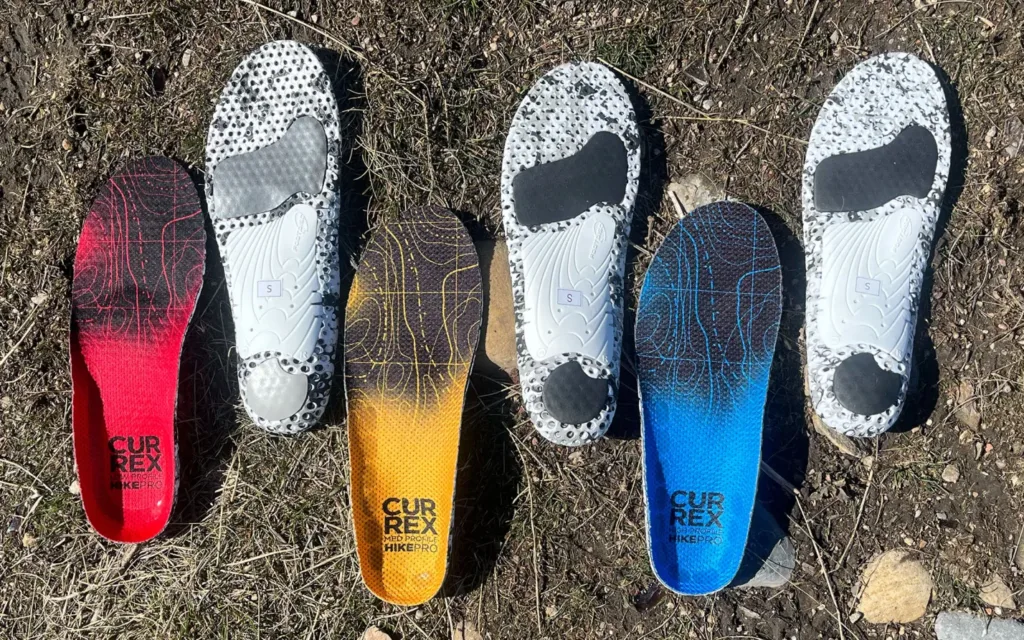
Why Insoles Are Crucial for Hiking
The Importance of Foot Comfort on Trails
Your feet carry your body weight, absorb shock from uneven trails, and keep you balanced on tricky paths. Without proper support, foot fatigue sets in quickly, leading to blisters, knee pain, and even long-term joint issues. Insoles provide the cushioning and support your feet need to keep going.
How Insoles Enhance Hiking Experiences
Insoles improve weight distribution, reduce pressure points, and stabilize your feet. They also help align your legs and feet, preventing aches and pains in your knees, hips, and back. Think of insoles as tiny engineers optimizing your every step for comfort and efficiency.
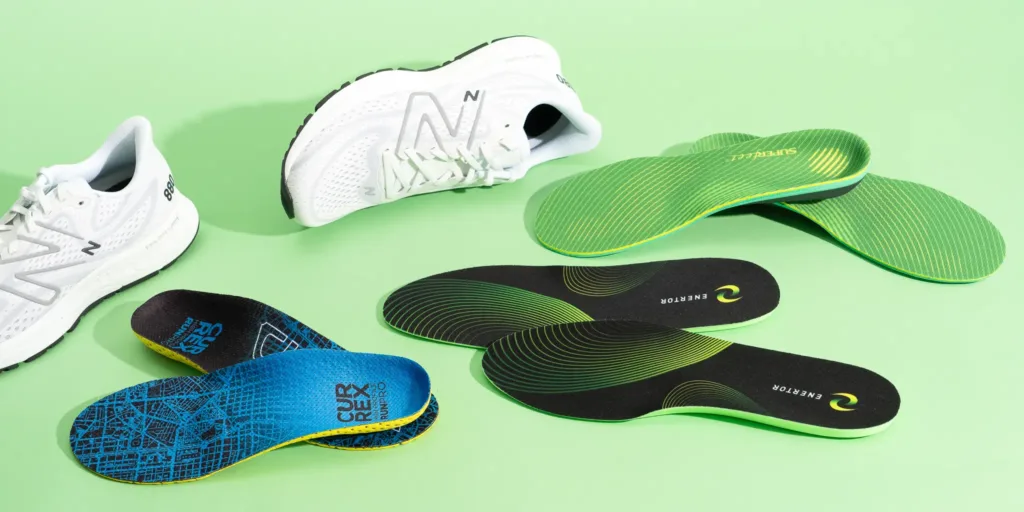
Types of Insoles for Hiking
Custom vs. Off-the-Shelf Insoles
Custom insoles are designed specifically for your feet, offering personalized support and correction for alignment issues. While they’re pricier, they’re ideal for those with unique needs. Off-the-shelf insoles, on the other hand, are affordable and cater to a variety of foot types, making them a great option for most hikers.
Cushioned Insoles for Long Hikes
If you’re covering long distances, cushioned insoles can absorb impact and reduce foot fatigue. They’re perfect for day hikes and extended treks.
Orthotic Insoles for Foot Support
For hikers dealing with flat feet, overpronation, or plantar fasciitis, orthotic insoles provide the necessary support to relieve pain and prevent further issues.
Specialized Insoles for Unique Needs
From high-arch support to insoles designed for cold-weather hikes, specialized options address specific challenges on the trail.
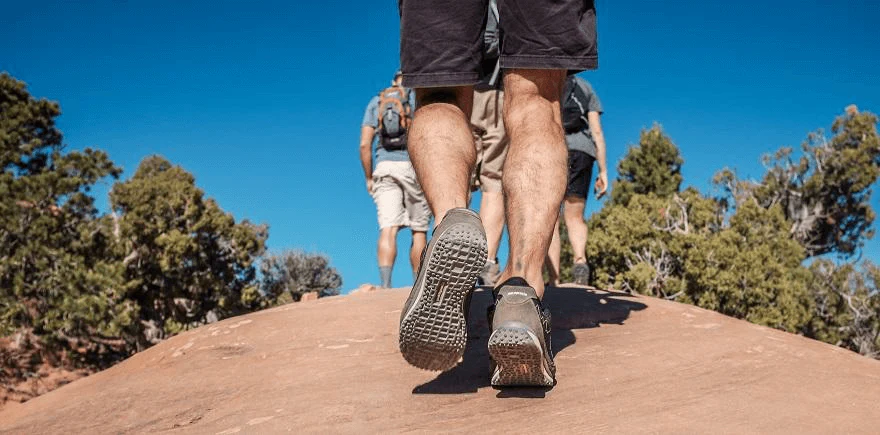
Key Features to Look for in Hiking Insoles
Arch Support: A Game-Changer
Good hiking insoles support your arches, preventing collapse and reducing strain on your feet and legs.
Shock Absorption for Uneven Terrains
Trails are full of rocks and roots. Insoles with shock-absorbing materials protect your joints and muscles from impact.
Moisture-Wicking Properties for Dry Comfort
Sweaty feet lead to blisters and discomfort. Choose insoles made from moisture-wicking materials to keep your feet dry.
Durability: Long-Lasting Comfort
Hiking insoles should be built to last. Look for options that retain their shape and support even after miles of use.

How to Choose the Right Insoles for Your Hiking Needs
Understanding Your Foot Type
Flat feet, high arches, or neutral feet—knowing your type is the first step in choosing the right insoles. Many stores offer assessments to help identify your foot shape.
Testing Insoles Before Hitting the Trail
Wear your insoles around the house or on short walks to ensure they’re comfortable and effective before you take them on a hike.
Matching Insoles with Your Hiking Shoes
Insoles should fit snugly in your boots without crowding your toes or altering the fit. Make sure they complement your footwear’s design.
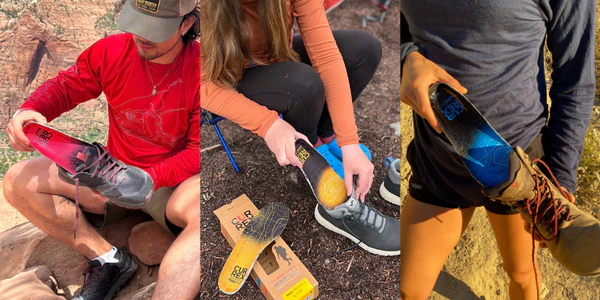
Tips for Maintaining Your Hiking Insoles
Cleaning and Care Tips
After each hike, remove your insoles to air them out. Wipe them clean with a damp cloth and mild soap to remove dirt and sweat. Avoid soaking them to preserve their structure.
When to Replace Your Insoles
Over time, insoles lose their support and cushioning. Replace them every 6–12 months or when they show visible wear.
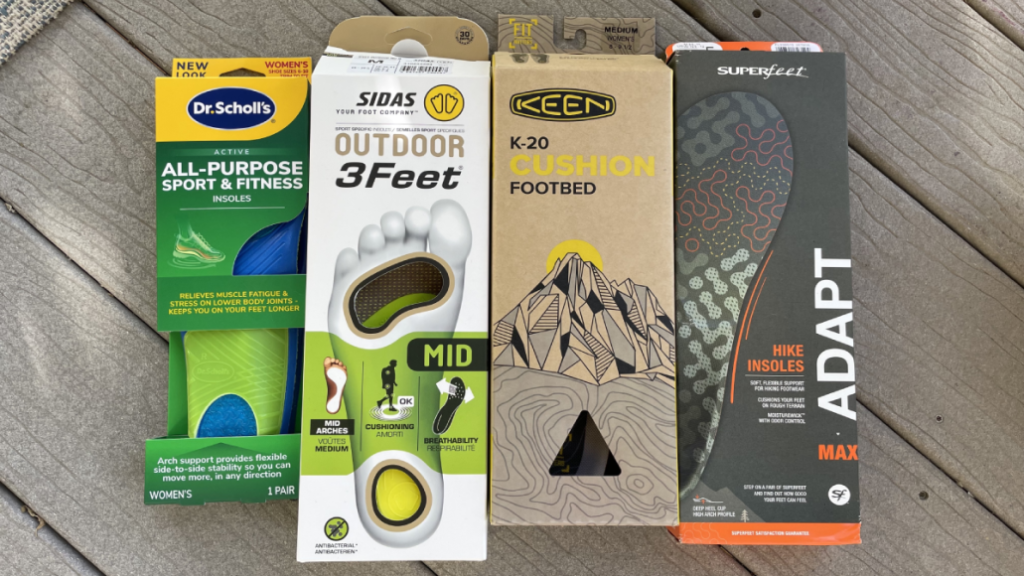
Top Recommended Hiking Insoles in the Market
Best Insoles for Beginners
Brands like Dr. Scholl’s and Superfeet offer budget-friendly options with basic support and cushioning, perfect for novice hikers.
Top Picks for Experienced Hikers
For seasoned adventurers, Sole, Powerstep, and Currex provide durable and high-performance insoles designed for long, challenging hikes.
Insoles for Specific Foot Conditions
If you suffer from plantar fasciitis, flat feet, or high arches, Protalus and Spenco offer insoles tailored to provide relief and support.
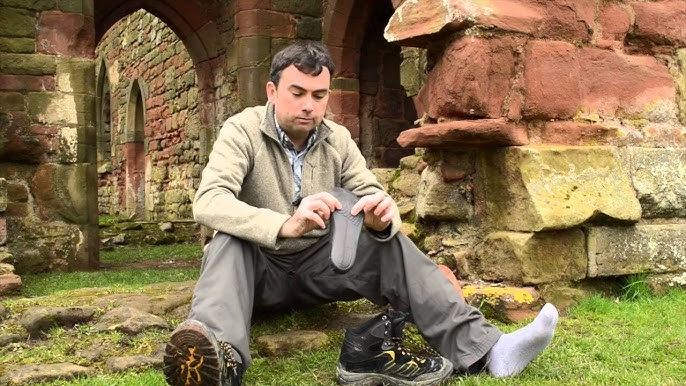
DIY Hacks for Enhancing Hiking Comfort with Insoles
Adding Extra Cushioning
Layering gel pads or foam inserts under your insoles can provide additional comfort for long treks.
Adjusting Fit for Maximum Support
Trimming insoles for a precise fit and layering them strategically can enhance stability and reduce pressure points.
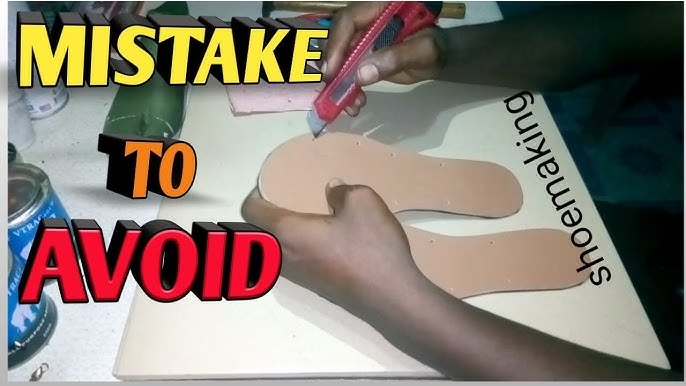
Common Mistakes to Avoid When Using Insoles
Choosing the Wrong Size
An ill-fitting insole can cause blisters and discomfort. Always ensure your insoles match your shoe size.
Ignoring Your Foot Type
Not all insoles are created equal. Choose ones tailored to your foot shape and needs for optimal comfort.
Not Breaking in Your Insoles
New insoles need time to adjust. Breaking them in before a long hike can save you from blisters and aches.
Conclusion
Hiking insoles are a game-changer for anyone hitting the trails. They provide essential support, reduce pain, and make every step more enjoyable. By choosing the right insoles, maintaining them, and avoiding common mistakes, you can ensure a comfortable and pain-free hiking experience. Invest in your foot health—it’s worth it for the miles ahead!
People Also Asked About Hiking Insoles
How do I know which insoles are right for me?
To determine the right insoles for you, start by identifying your foot type. Foot types can generally be categorized into three categories: flat feet, neutral arches, and high arches. Understanding your foot type will help you choose insoles that provide adequate support and alignment. Additionally, consider the terrain you’ll be hiking on. For example, rugged trails may require insoles with more cushioning and support for shock absorption, while smoother paths might allow for lighter insoles.
Can I use the same insoles for running and hiking?
While some insoles are versatile enough to work for both running and hiking, it’s often better to use specialized insoles for each activity. Running insoles are typically designed for forward motion and may prioritize cushioning and shock absorption, while hiking insoles are built to support lateral movement and provide additional stability on uneven terrain. Choosing the right insoles for each activity can enhance comfort and performance.
How often should I replace my hiking insoles?
It’s generally recommended to replace hiking insoles every 6 to 12 months, depending on usage and wear. Signs that it’s time for a replacement include visible wear and tear, loss of cushioning, or diminished support. If you begin to feel discomfort during hikes that wasn’t previously an issue, it could also be a signal that your insoles need replacing.
Are custom insoles worth it?
Custom insoles can be a game-changer, especially for individuals with specific foot issues such as plantar fasciitis, flat feet, or high arches. They are tailored to your unique foot structure, providing optimal support and alignment. If you experience chronic discomfort or have specific biomechanical issues, investing in custom insoles can lead to significant improvements in comfort and performance.
Can I use insoles in any hiking boot?
Yes, you can use insoles in any hiking boot as long as they fit well. The insoles should enhance your boot’s comfort and support without crowding your foot. It’s a good idea to try the insoles in your boots to ensure they provide the desired fit and do not cause pressure points or instability. Make sure the insoles maintain the boot’s intended performance characteristics.
Learn more:
